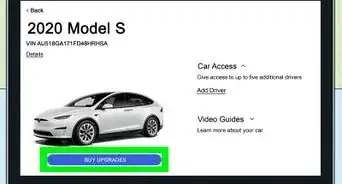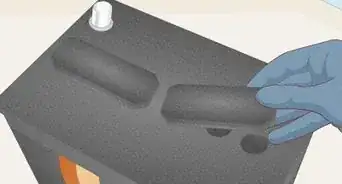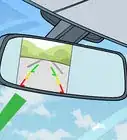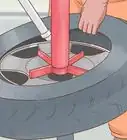This article was co-authored by Duston Maynes and by wikiHow staff writer, Eric McClure. Duston Maynes is an Automotive Repair Specialist at RepairSmith. Duston specializes in leading a team that handles a variety of automotive repairs including replacing spark plugs, front and rear brake pads, fuel pumps, car batteries, alternators, timing belts, and starter motors. Duston holds an Associate’s degree in Automotive/Diesel Technology from The Universal Technical Institute of Arizona and is a Certified Diagnostic Technician and Automobile Mechanics Technician through BMW STEP. RepairSmith received The 2020 Big Innovation Award by Business Intelligence Group and The Startup of the Year by the American Business Awards. RepairSmith was also included in Built in LA’s 50 Startups to Watch and The Business Intelligence Group’s 52 Names Leading the Way in Customer Service. RepairSmith offers in-home services to provide car owners convenient and complete auto repair everywhere.
There are 14 references cited in this article, which can be found at the bottom of the page.
If your car won't start because of a faulty fuel pump, we're here to help. While you'll definitely need to replace the pump soon, there are some things you can try to get your vehicle running so you can drive it to an auto shop. In this article, we’ll explain how your fuel pump works, how you can get your vehicle started, and how to know if your fuel pump is bad in the first place.
Things You Should Know
- If your fuel pump is bad, you probably can't drive your car. If it won't start, have it towed to a mechanic shop and get a new fuel pump installed.
- Try to start the vehicle after waiting for the engine to cool off for 8 hours. This may be enough time for the fuel lines to even out and the pump to reset.
- If you can get it started, drive your vehicle to a mechanic shop ASAP. Continually driving with a bad fuel pump may damage your engine or start a fire.
- Avoid using tricks or hacks to temporarily start an engine with a bad fuel pump. They're dangerous and unlikely to work.
Steps
Warnings
- Don’t wait for the gas tank to completely empty out before fueling up. This is a quick way to damage your car’s fuel pump and wear it down.[16]⧼thumbs_response⧽
References
- ↑ https://autorepairinvista.com/reasons-to-avoid-diy-fuel-pump-replacement/
- ↑ https://youtu.be/hHoJGYow_mc?t=91
- ↑ https://www.startmycar.co.za/blogs/technical-articles/symptoms-of-a-bad-or-failing-fuel-pump
- ↑ https://www.kbb.com/car-advice/does-my-car-need-a-new-fuel-pump/
- ↑ https://www.kbb.com/car-advice/does-my-car-need-a-new-fuel-pump/
- ↑ https://www.nfpa.org/-/media/Files/News-and-Research/Fire-statistics-and-reports/US-Fire-Problem/osvehiclefires.pdf
- ↑ https://www.kbb.com/car-advice/does-my-car-need-a-new-fuel-pump/
- ↑ https://www.motortrend.com/how-to/bad-fuel-pump-symptoms?slide=3
- ↑ https://www.motortrend.com/how-to/bad-fuel-pump-symptoms?slide=1
- ↑ https://motor.onehowto.com/article/why-a-car-jerks-when-accelerating-11142.html
- ↑ https://www.motortrend.com/how-to/bad-fuel-pump-symptoms?slide=2
- ↑ https://www.thedrive.com/maintenance-repair/35290/bad-fuel-pump-symptoms
- ↑ https://youtu.be/JoWZz1ckRGw?t=71
- ↑ https://www.motortrend.com/how-to/bad-fuel-pump-symptoms?slide=7
- ↑ https://youtu.be/-uKlT-8Pv2A?t=93
- ↑ https://www.motortrend.com/how-to/bad-fuel-pump-symptoms?slide=6
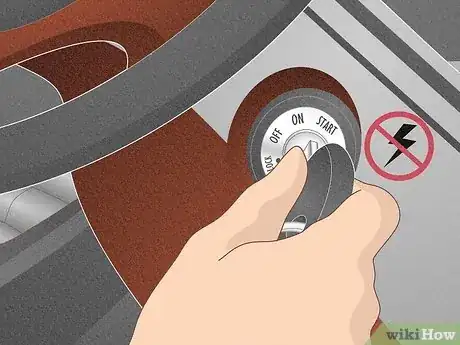
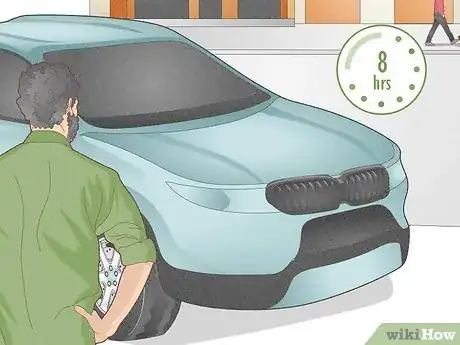
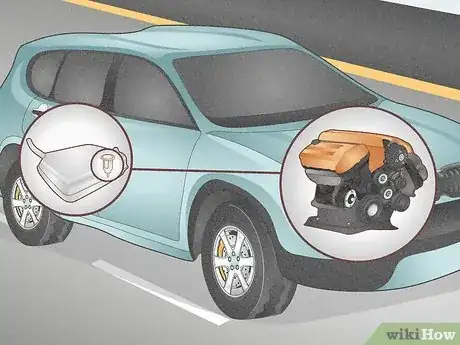
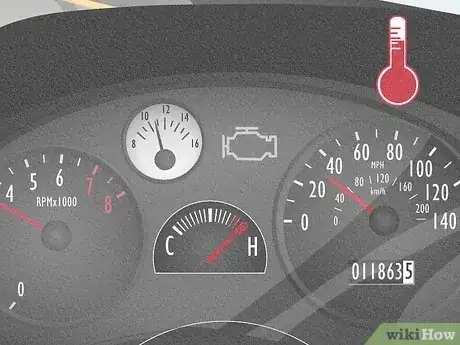
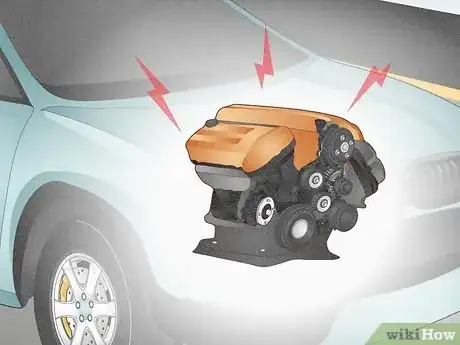
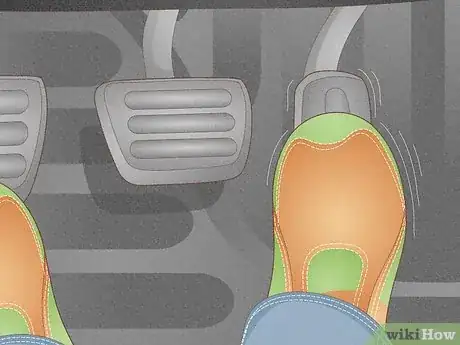
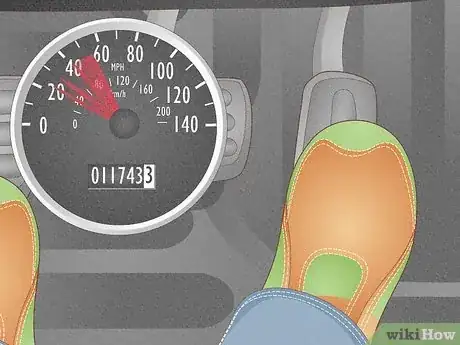

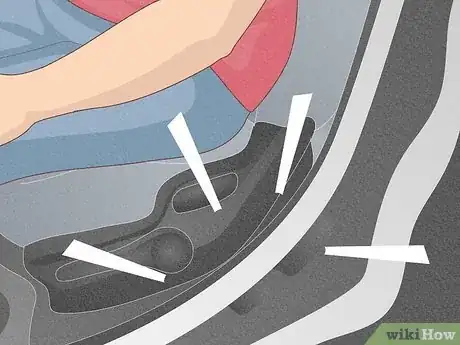
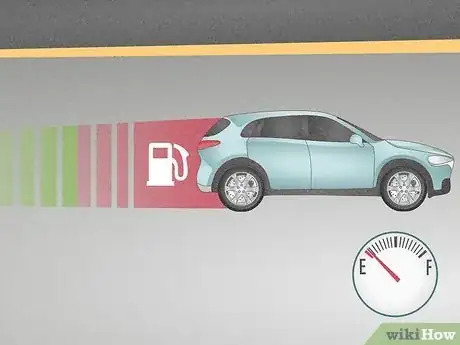

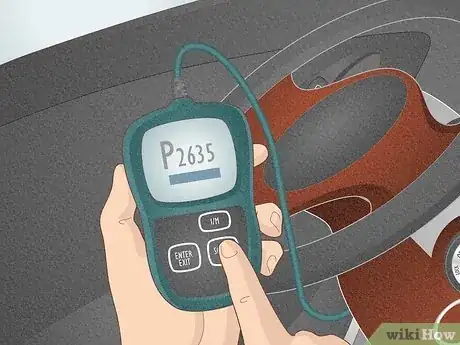



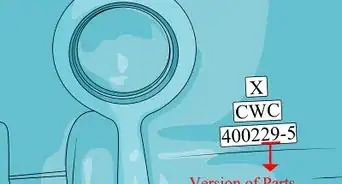
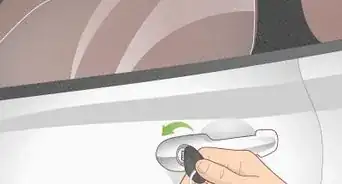
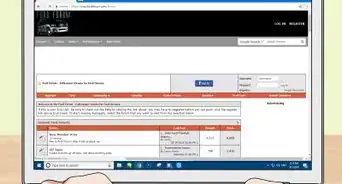
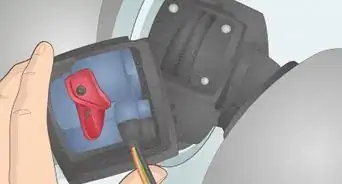
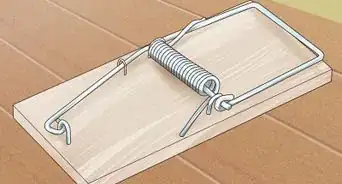
-Beetle-Step-5-Version-3.webp)
